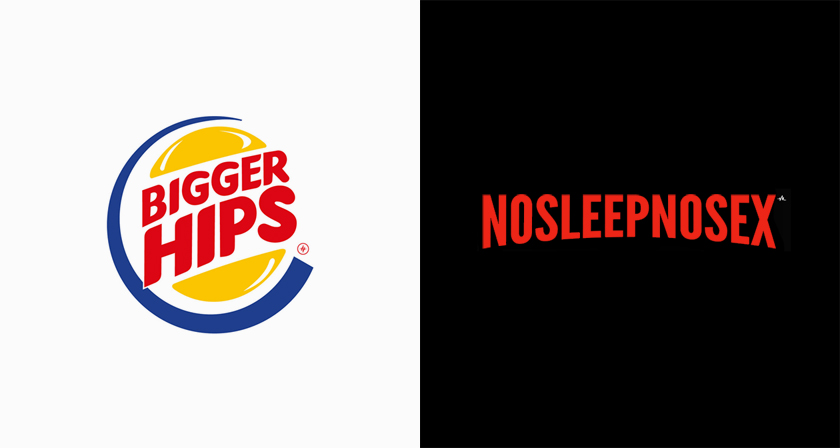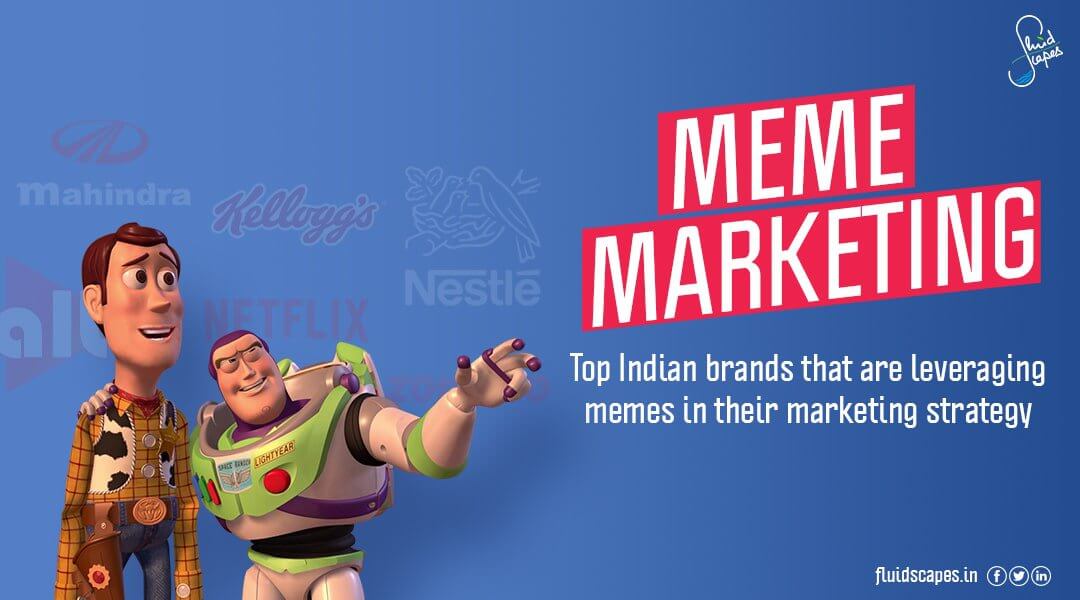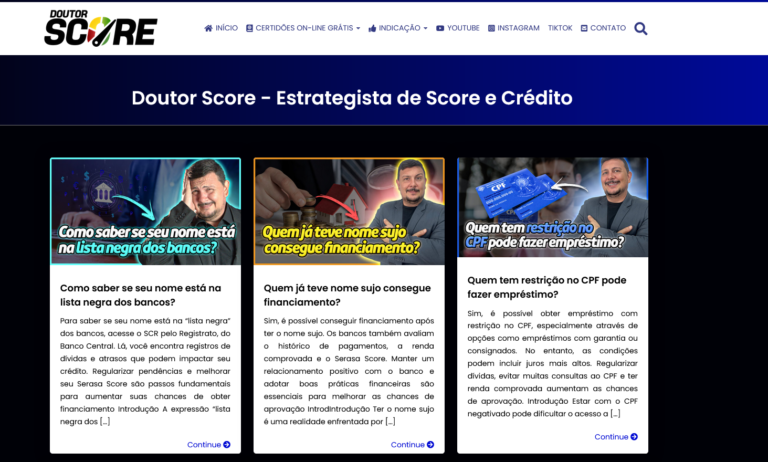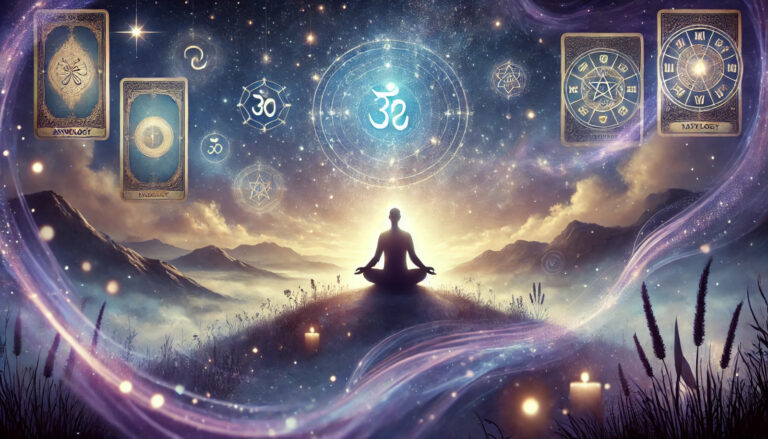The Art of the Giggle: Parodying Famous Brands with Humor
“Parodying Famous Brands with Humor” In a world saturated with advertising, standing out can be a herculean feat. But for some, the key lies not in originality, but in a playful twist on the familiar: parody. Injecting humor into the instantly recognizable logos and slogans of established brands can be a recipe for viral gold, leaving audiences chuckling and brands (sometimes) surprisingly unscathed.
Why We Love Brand Parodies
There’s a certain satisfaction in seeing the mighty taken down a peg, even if it’s just for laughs. Brand parodies tap into our inner critic, allowing us to poke fun at the often-excessive claims and picture-perfect portrayals that bombard us daily. But beyond the schadenfreude, there’s a layer of wit and wordplay that tickles the funny bone. A well-crafted parody plays on our understanding of the original brand, twisting its essence to create something new and hilarious.
Masters of the Mockery
Some brands have become parody magnets, their iconic imagery and slogans ripe for the picking. Take Nike, for instance. The ubiquitous swoosh has been transformed into everything from a banana peel to a deflated balloon, accompanied by taglines like “Just Don’t” and “There is No Finish Line (Unless You Trip).”
Starbucks, another parody favorite, has seen its mermaid donning an apron emblazoned with “Iced Out” and its coffee cups rebranded as “Instant Karma.” Even luxury brands haven’t escaped the giggle treatment, with Chanel’s iconic perfume bottle transformed into a can of air freshener and Louis Vuitton’s monogram morphed into a pattern of grocery bags.
The Line Between Funny and Foul

Of course, the line between clever parody and brand bashing can be thin. A parody that crosses the line into offensive or defamatory territory can backfire spectacularly, damaging the reputation of both the parodist and the parodied. It’s crucial to remember that humor is subjective, and what one person finds hilarious, another might find hurtful.
Parody as a Marketing Tool?
Surprisingly, some brands have embraced the power of parody, seeing it as an opportunity to engage with their audience in a new and unexpected way. Old Spice, for example, has built a successful marketing campaign around self-deprecating humor, welcoming and even encouraging parodies of their products.
This approach can be a risky gamble, but when done right, it can endear a brand to consumers and generate positive buzz. It shows that the brand is in on the joke, has a sense of humor, and isn’t afraid to poke fun at itself.
The Future of Brand Parody

As the media landscape continues to evolve, so too will the way we parody brands. Social media platforms like TikTok and Instagram have become breeding grounds for short-form parodies, while augmented reality and deepfakes offer even more Möglichkeiten for creative mockery.
One thing is certain: the art of the brand parody is here to stay. As long as there are brands to poke fun at and audiences with a sense of humor, we can expect to see these hilarious twists on the familiar continue to tickle our funny bones and challenge our perceptions of the world around us.
So, the next time you see a brand logo or slogan, take a moment to think: could this be the next viral parody? With a little creativity and a dash of humor, the possibilities are endless.
Remember, parody is a powerful tool, but it should be wielded with care. Keep it light, keep it funny, and most importantly, keep it respectful.



